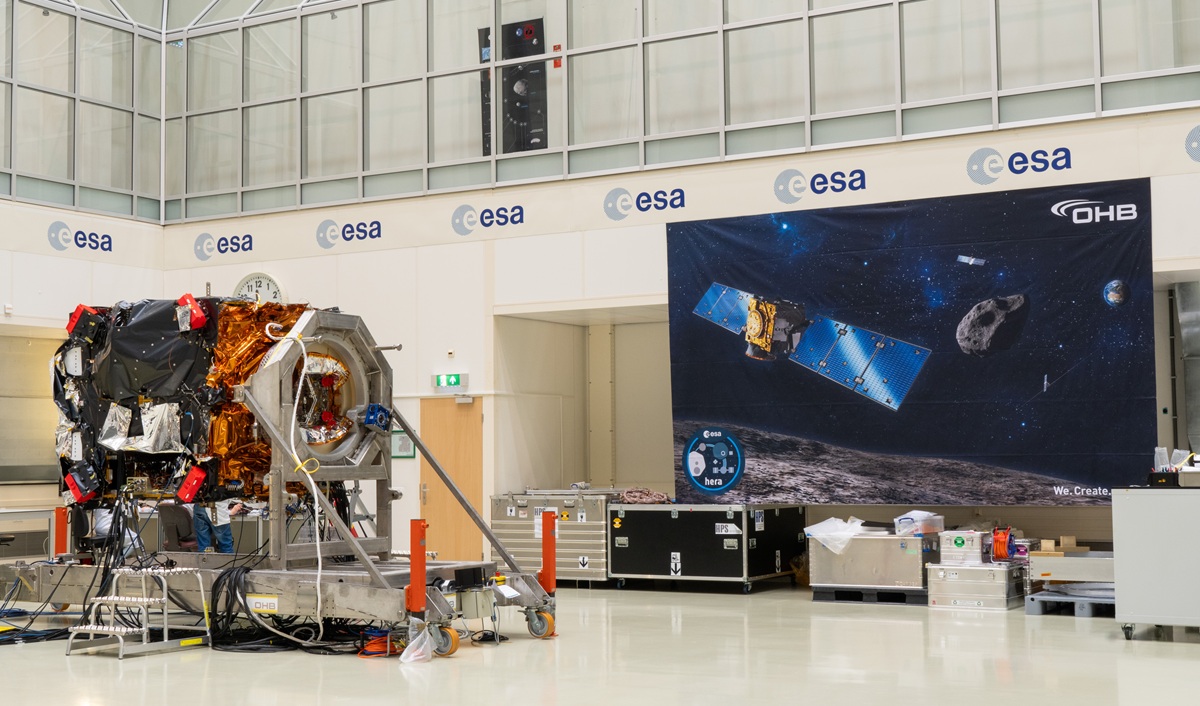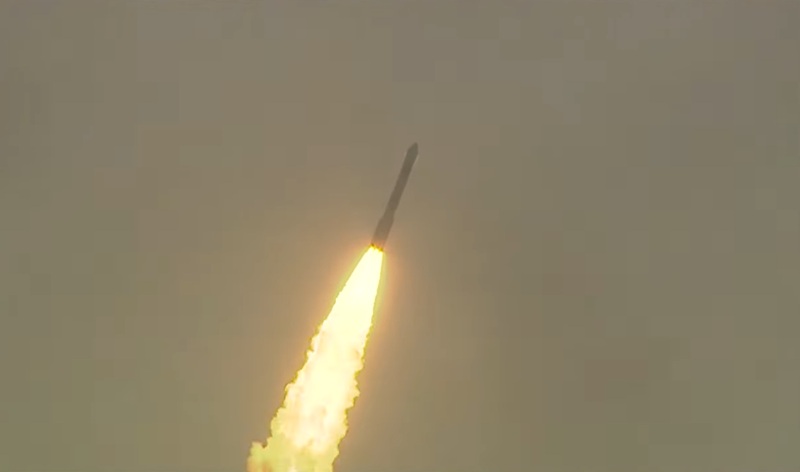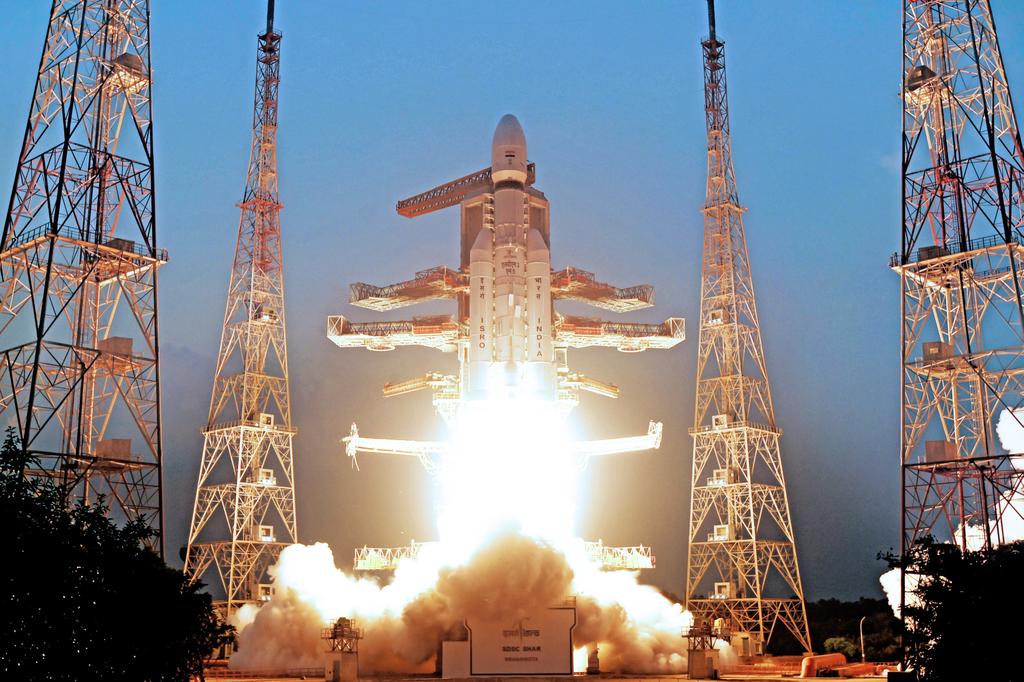When the 375-meter-wide asteroid Apophis makes its hair-raisingly close pass by Earth in April 2029, it will not only capture the imagination of people around the globe but also mark one of the most unique research opportunities in planetary science this century. The asteroid, once feared to be on a collision course with Earth, will skim past our planet at just 32,000 kilometers—closer than the orbits of many geostationary satellites.
For scientists, engineers, and policymakers, this event offers an unparalleled natural experiment. Apophis’s trajectory brings it close enough for Earth’s gravity to significantly influence its shape, rotation, and internal stresses. Studying these changes in real time could shed vital light on how small bodies respond to gravitational interactions—a crucial step for developing future planetary defense strategies.
Into this picture comes Ramses—the Rapid Apophis Mission for Space Safety, currently being developed by the European Space Agency (ESA). Far from just an academic endeavor, the mission sits at the very frontier of planetary defense efforts. What makes it particularly noteworthy today is the increasing likelihood of Japan’s space agency, JAXA, joining forces with ESA in a groundbreaking partnership that would not only strengthen scientific capabilities but also reflect a deeper alignment in global security and exploration priorities.
A Unique Window into Planetary Defense
Ramses is designed with both scientific and strategic imperatives. Its goal is straightforward yet unprecedented: to launch in 2028, intercept Apophis ahead of its Earth flyby, and accompany it through this extraordinary passage. With instruments on board, Ramses would study surface changes, thermal activity, and possible shifts in Apophis’s spin rates as Earth’s gravity plays tug-of-war with the asteroid.
ESA officials often call Apophis a “once-in-a-millennium opportunity,” and not without reason. Unlike simulated deflection tests, Apophis offers a real-world laboratory for observing the consequences of planetary interactions—a chance unlikely to occur again for centuries.
“The physics of this encounter allow us to observe processes on the scale of a whole body interacting with Earth’s field,” ESA’s Head of Space Safety, Holger Krag, explained recently. “What we learn will go directly into refining how humanity prepares for asteroid threats—turning theory into practical defense knowledge.”
JAXA Steps Forward
In recent months, JAXA has taken crucial steps toward formalizing its participation. Japan’s Ministry of Education, Culture, Sports, Science and Technology (MEXT) has received a funding request for JAXA’s contributions to Ramses, which would include:
- Solar array systems to power the spacecraft
- An advanced infrared imager to study Apophis’s thermophysical properties
- The offer of a rideshare launch slot aboard Japan’s next-generation H3 rocket
That final element is especially significant: launch flexibility has become one of the defining challenges of planetary defense missions. By providing a rideshare option, JAXA not only reduces costs but also diversifies mission assurance.
Paolo Martino, Ramses mission manager at ESA, praised the growing partnership: “Our experience working with our JAXA colleagues, first on the Hera mission and now on Ramses, has been excellent. We feel like one globally integrated team with a common goal.”
Building on the Hera Partnership
The ESA–JAXA collaboration on Hera, ESA’s first planetary defense mission, provides a strong foundation. Hera, launched in 2024 and en route to asteroid Didymos, is the European follow-up to NASA’s DART impactor test, which successfully altered the orbit of Dimorphos in 2022—the world’s first real attempt at asteroid deflection.
Hera’s payload includes CubeSats and imagers designed in coordination with JAXA, already proving the benefits of shared development. Both sides have since identified that Ramses could benefit from similar cross-agency innovation.
This continuity matters in more ways than one. Planetary defense is resource-intensive, often too ambitious for a single agency’s budget. By pooling assets, ESA and JAXA can share risks, expand scientific payloads, and ensure international momentum for planetary safety beyond isolated missions.
Strategic Implications of International Partnership
ESA’s governing ministers are due to vote on Ramses funding at the November 2025 Ministerial Council. For Europe, this decision comes at a time when calls to prioritize planetary defense are intensifying within both the scientific community and public policy circles.
If approved, Ramses would showcase Europe’s intent to be not just a participant but a leader in protecting Earth from celestial hazards. JAXA’s involvement would elevate the mission further by giving it an Indo-Pacific dimension—echoing broader geopolitical trends where Europe and Japan increasingly seek strategic alignment in areas from technology to climate action.
Holger Krag stressed the importance of this: “Planetary defense is inherently global. No one nation can—or should—face this challenge alone. The fact that Japan and Europe are stepping forward together sends a powerful signal.”
The Countdown to 2029
The timing of Ramses is unforgiving. Planetary defense missions require not only technical accuracy but also precise celestial alignment. The Apophis flyby of 2029 represents a strict deadline; the spacecraft must launch in 2028 to be in place ahead of the encounter. That leaves little margin for delay, whether in funding, industrial contracting, or cross-agency coordination.
Preliminary engineering work has already begun at ESA to ensure that if approval is granted, development can proceed at pace. Ramses is expected to use a modular spacecraft bus derived from heritage platforms, reducing costs and minimizing risk.
For JAXA, too, the timeline poses challenges. The H3 rocket, after a mixed record in early launches, is expected to enter more consistent service by 2028. Supplying both hardware (solar arrays, infrared payload) and launch access will require synchronized readiness across Japan’s industrial base.
Why Apophis Matters
Apophis is not just “another asteroid.” Discovered in 2004, it sparked alarm when early calculations suggested a non-negligible chance of Earth impact in 2029. Later refinements ruled out this scenario, but Apophis’s trajectory has kept it in the spotlight among asteroid researchers.
At 375 meters wide, an Apophis-sized impactor would cause enormous regional devastation were it to collide with Earth—demonstrating why planetary defense has moved up the global agenda in recent years. Its 2029 flyby will be visible to the naked eye from parts of Europe, Africa, and Asia—a rare public spectacle that will also underscore the seriousness of planetary defense science.
For ESA and JAXA, combining resources now will not only deliver cutting-edge research but also reassure global audiences that nations are preparing diligently for future threats.
Scientific Goldmine
Should Ramses fly, what would it actually reveal? Researchers anticipate several areas of discovery:
Surface Morphology: By imaging Apophis before and after closest approach, scientists aim to detect landslides, quakes, or regolith redistribution triggered by tidal forces.
Internal Structure: Subtle measurements of spin changes or wobble may help deduce whether Apophis is a solid monolith or a loosely bound “rubble pile”—key to understanding deflection strategies.
- Thermal Properties: JAXA’s infrared instrument would track how Apophis absorbs and radiates heat, refining models of the Yarkovsky effect (the influence of thermal radiation on asteroid orbits).
- Planetary Defense Modeling: Above all, Ramses would provide critical real-world data to validate computer simulations of how asteroids react under gravitational stresses.
This combination of science and applied safety makes Ramses distinct even among other asteroid missions like NASA’s OSIRIS-REx, which recently returned samples from Bennu.
ESA, JAXA, and the Broader Landscape
The ESA–JAXA Apophis partnership also sits within a larger global framework of asteroid research and defense. NASA, for instance, has no dedicated mission lined up to shadow Apophis in 2029, though its ground-based observations will be critical. Other agencies, including China’s CNSA, have discussed asteroid redirection tests later this decade.
By carving out Ramses as their joint focus, Europe and Japan may gain a leadership role in shaping international policy and scientific baselines for asteroid defense. That, in turn, positions both agencies as natural contributors to broader United Nations–led efforts on planetary safety.
The “Apophis Effect”
Another facet of Ramses should not be underestimated: public inspiration. The flyby of Apophis will be visible to millions, and as with lunar eclipses or comet appearances, the event is expected to capture widespread attention.
ESA officials recognize this. A mission like Ramses could become the Apollo moment for planetary defense—the point at which the global public internalizes both the risks of asteroid impacts and the seriousness with which space agencies are addressing them. By highlighting tangible cooperation between Europe and Japan, the mission doubles as a showcase of how science diplomacy can advance global safety.
However, the immediate hurdle remains political approval. In November 2025, ESA’s 23 member states will decide whether Ramses deserves the allocation of funds in competition with other pressing priorities—from climate observation satellites to lunar exploration.
For JAXA, too, domestic government approval will be essential before commitments can be formalized. Budget pressures, launch schedules, and competing mission priorities may influence the pace at which Japan can deliver its proposed contributions.
Nonetheless, momentum is building. With preliminary design work underway, and with a strict 2028 launch timeline in sight, the coming year will prove decisive not just for Ramses, but for how the world thinks about planetary defense in an era of tightening budgets and rising geopolitical complexities.
Ramses stands at the convergence of science, security, and diplomacy. For ESA, it is an opportunity to demonstrate leadership in planetary defense. For JAXA, it exemplifies Japan’s growing role as both an innovator and an international partner in space safety.
More broadly, the ESA–JAXA collaboration signals a recognition that planetary defense is too important to be left to competition. Apophis will not collide with Earth in 2029—but by joining forces to study it, Europe and Japan move us one step closer to ensuring that if a true threat ever comes, humanity will be ready.





